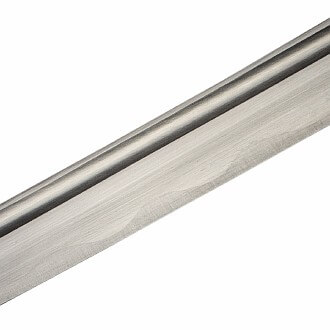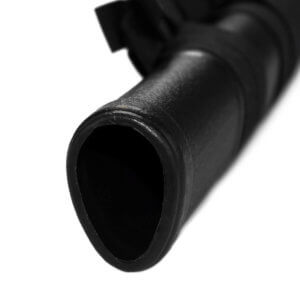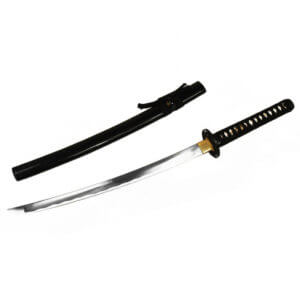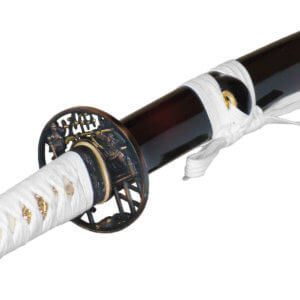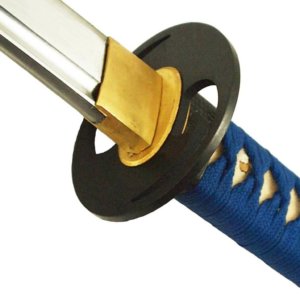Nowadays, industrial steel is often used for the serial production of sword blades. The most common representative of this is carbon steel. The advantages of industrial steel are obvious:
- The steel is available in almost unlimited quantities
- It has very good properties
- The composition is standardised and therefore almost identical
- The steel is favourable
- Further processing is comparatively simple
Non-stainless steel (e.g. carbon steel) is more suitable for blades for active use. The difference to stainless steel is in this article explained. All blades made of non-stainless steel require regular maintenance. Care.
In this segment, many types of steel are suitable for the manufacture of sword blades. However, these are the most commonly used:
Carbon steel
Or also carbon steel, carbon steel, carbon steel, AHS (Advanced High Strengh) steel, AHSS or HCS (high carbon steel). Basically, however, all names describe the same material.
Carbon steel refers to a low-alloy steel that contains carbon (up to 2.1%) and hardly any other alloying elements apart from iron.
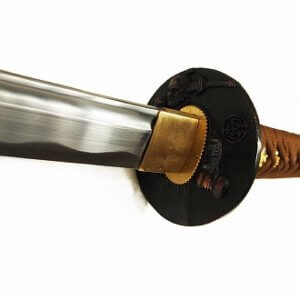
1045 carbon steel
1045 carbon steel has a carbon content of approx. 0.45 per cent by mass. With the right heat treatment, these blades usually achieve a hardness of around 45 HRC.
Provided that a blade has a proper tang, is not a purely decorative blade and has been properly heat treated, swords made from this material will "survive" cutting tests. However, due to the specific properties of steel, we would recommend other steel for this purpose.
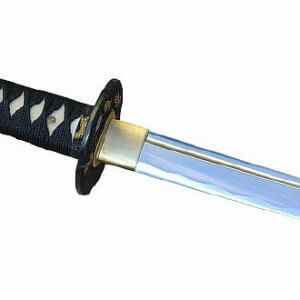
1060 carbon steel
This steel has a carbon content of approx. 0.6 per cent by mass. This allows a hardness of a good 50 HRC to be achieved. The material is suitable for blades for cutting tests and is comparatively inexpensive.
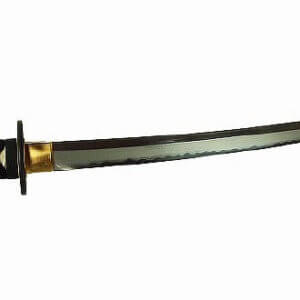
1095 carbon steel
This material has a high carbon content, which makes the steel hard. It therefore achieves a hardness of approx. 60 HRC. In addition, differential hardening is often used.
Provided it is processed correctly, this steel is well suited for blades for cutting tests, as it can be finely ground and is very hard.
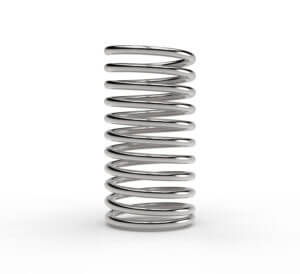
Spring steel
Like carbon steel, this term is an umbrella term for several types of steel. These have a high elasticity. This means that they tend to take on their original shape when they are deformed. This naturally qualifies this steel for cutting tests, where the blade can quickly bend if the cut is not made properly.
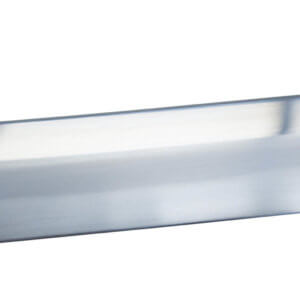
L6 or L-6
L6 Bainite blades are made from L6. These blades have very good properties, are hard, extremely sharp and durable. They combine many of the positive characteristics you would want in a sword.
However, the heat treatment of this material is very complex and only a few can really master the manufacturing process.
Haward Clark has perfected the manufacturing process and makes blades to order, but they are relatively expensive.
MAS is also able to produce L-6 Bainite swords in good quality.
We would not recommend blades from other manufacturers made from this material.
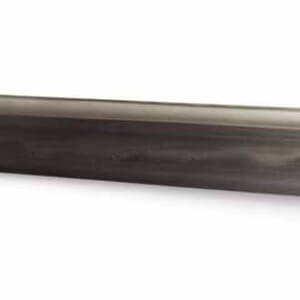
T-10 steel
In terms of its properties, T-10 is almost identical to 1095 carbon steel. However, the heat treatment and origin of the material is different.
Basic information about some steel grades:
You can find more information about the chemical composition of steel for sword blades in our article Steel grades in comparison.

